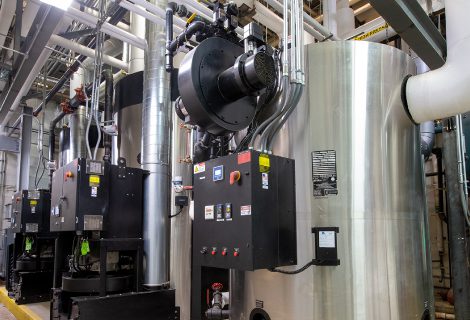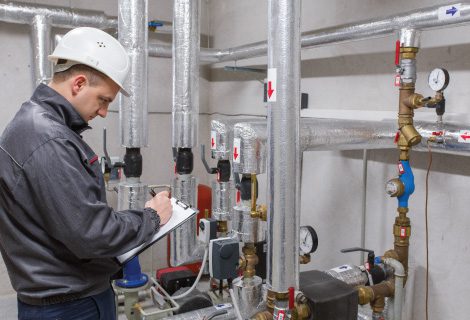
An Informative On-demand Webinar on Sustainability and Compliance
Sponsored by: ATI and Power Flame
Fueling the Future: Biodiesel’s Rise in Home Heating and the Green Revolution
Right now, more than 5 million homes and businesses in the U.S. use liquid fuels for heating and hot water. Every year, they burn through a whopping 5 billion gallons of distillate fuel. That’s a mix of residential and commercial use. However, there’s a growing interest in shifting from traditional fossil fuels to biofuels, which are considerably better for the environment and produce fewer greenhouse gases. The biofuels in the spotlight include biodiesel, renewable diesel, and others. Out of these, Renewable Diesel, specifically made through processes like hydrotreating vegetable oil, is a major player, especially in Europe. In the U.S., biodiesel production is at about 2.4 billion gallons, but the industry aims to hit 6 billion gallons by 2030. Other options like pyrolysis oil from biomass are also on the radar, though not as popular yet.
Biodiesel Basics
So, what is biodiesel? It’s a fuel made from things like soybean oil, used cooking oil, and animal fats. It’s been around for a while. In fact, the idea of turning vegetable oil into something like diesel fuel was patented back in 1937. The challenge has been making it work well in engines. The process involves breaking down big molecules in vegetable oil to make it flow more like regular diesel. Soy was the go-to for making biodiesel at first, but now, a variety of oils and greases can be used. Biodiesel has a slightly lower volumetric heating value when compared to regular heating oil and renewable diesel. This is because biodiesel contains more oxygen. It also has a narrower range of components, making it a bit different from regular heating oil.
Standards and Rules
To make sure these biofuels are of sufficient quality, standards have been created and implemented. For biodiesel, there’s an ASTM standard that’s been around since the early 2000s, receiving updates over time as we learn more. Another standard, ASTM D396, lays out the specs for heating oil. This standard doesn’t usually include biofuels, but it allows for blends of up to 20%. Standards for equipment safety are always crucial. This is especially true when considering an alternative fuel, as equipment approval varies, and standards enable safe operation.
Compatibility and Concerns
The big question is, can your regular heating system handle biodiesel? There were concerns about elastomers and certain metals clashing with biodiesel. Nitrile rubber, used in seals, was a bit of a concern at first. Studies later showed that the type of nitrile used makes a difference, and certain types handle biodiesel without any issues. Fuel pumps in older systems were also found to be compatible with biodiesel. As for yellow metals, some studies suggested that copper lines may affect measured stability with biodiesel usage, but not enough to promote a fuel line replacement.
How Does Biodiesel Burn?
The good news is that biodiesel burns quite well, and it burns cleaner than regular heating oil. The flame is less bright, but modern burners can still detect it without any difficulty. There were initial concerns about adjusting burners for biodiesel, and then switching back to regular oil, but research and testing have not shown this to be a major issue.
Greenhouse Gas Emissions
When we look at the big picture, using biodiesel or renewable diesel can cut down on greenhouse gas emissions by about 75%. The industry is working hard to make these numbers even better by improving how they make these biofuels.
Current Use and Future Plans
Right now, blends of biodiesel with regular heating oil are being used in thousands of homes. Some companies are even committing to converting a large number of homes to biodiesel blends. In places like France, regulations currently require 30% biodiesel blends on all new heating systems. All burners sold there must be capable of using this fuel. They plan to increase these regulations to 100% biofuel by 2050. There are still some challenges, though, like dealing with cold weather and potential flow obstructions, as well as the availability of approved equipment for use with biofuel blends.
So, the transition to renewable fuels for heating is happening, with biodiesel leading the way. There’s a strong push to meet ambitious targets, like complete conversion to 100% renewable fuel by 2050. While there are challenges, steps are being taken – from setting standards and testing equipment to training service crews. It’s a work in progress, but it’s heading in the right direction.
References
Butcher, T. Decarbonization of Liquid Heating Fuels, ASHRAE Transactions, 2023, Volume 129 Part 1, pages 644-650.










